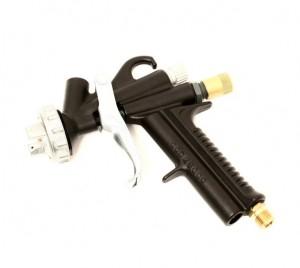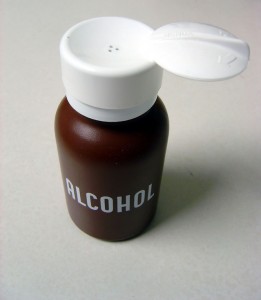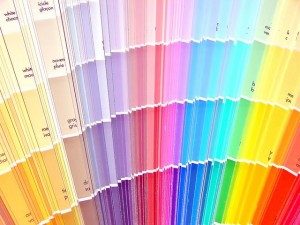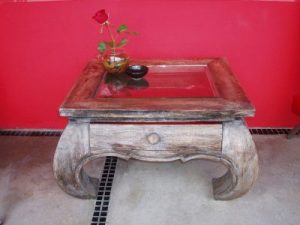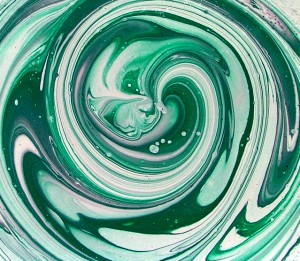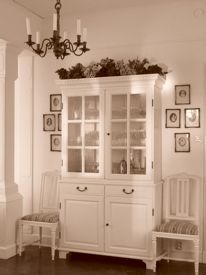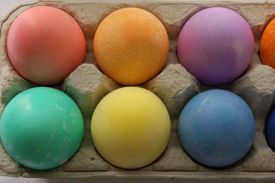How To Apply Glass Paint For Best Results
Tips to Apply Glass Paint
You can apply glass paint using the same techniques you use to apply ordinary paint to a surface, but some painting techniques yield better results.
Spraying to apply glass paint
A high-volume, low-pressure (HVLP) paint sprayer is the applicator of choice for glass paint projects. These devices allow you to spray paint evenly and quickly, and help prevent overspray. Because these tools are so effective at applying paint, they actually reduce the amount of paint you use by up to 40%. HVLP paint sprayers have a built in compressor that applies even pressure to the liquid paint, and offers a transfer efficiency of about 90%.
Usually, HVLP paint sprayers have adjustable spray patterns, so you can paint using vertical, horizontal or circular motions to achieve the desired coverage effect. In addition to spraying paint, a HVLP sprayer can apply lacquer, varnish and stain, so it can quickly become a go-to tool for the do-it-yourself decorator. As an added benefit, HVLP sprayers apply paint very evenly, so they tend to reduce the drying time required. You can find HVLP paint sprayers in hardware and home improvement stores.
Rolling to apply glass paint
If you don’t have a HVLP paint sprayer or are looking for a different effect, you can apply glass paint with a paint roller. Take some time to choose the correct roller, though! You want to look for a solvent-resistant mohair roller. You can choose any nap, however you’ll get better results with even, thin coatings of paint. Thicker nap on a roller will absorb more paint. You’ll extend your drying time and you’ll use more paint with each coating. Mohair rollers are available in home improvement and hardware stores, but be sure to choose the right materials. The most inexpensive paint rollers are synthetic, and they will not produce the same high quality results that mohair rollers will.
Brushing to apply glass paint
If you need a lot of control over your glass paint application, you can use a good quality, solvent resistant mohair paintbrush. Brushes come in a variety of widths, but as with paint rollers, you’ll get better results with even, thin coatings of paint. If you have a large surface to cover, a roller will give you more even application than a brush will. Mohair brushes are available in home improvement and hardware stores. Like paint rollers, the most inexpensive paint brushes are synthetic, and they will not produce the same high quality results that mohair brushes will.
If you’d like more information about glass paint, or would like to purchase glass paint online, please visit our online store.
Photo Credit: Frank Hermers, via FreeImages.com

